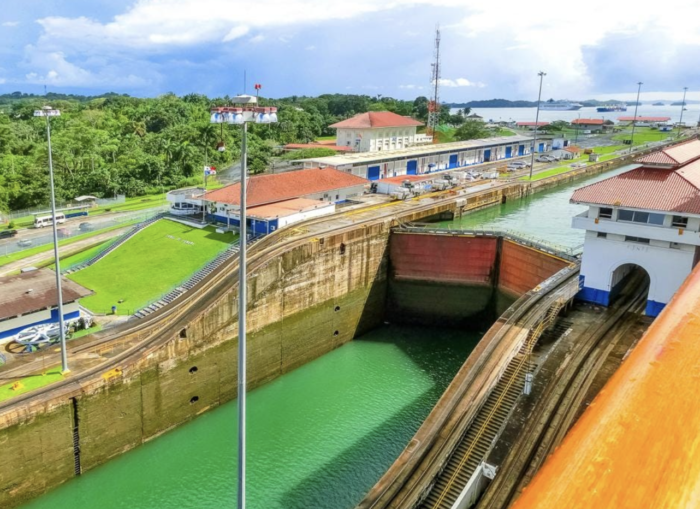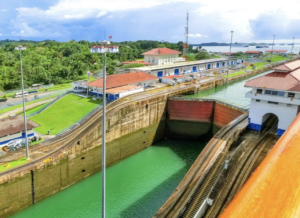The idea had been bandied about for decades, but in January 1880 a bold French team finally embarked on one of the most ambitious projects of all time: building a shipping canal through the Panamanian jungle to connect the Atlantic and Pacific oceans. But in less than a decade the French canal company had gone bankrupt after burning through $287 million and killing 22,000 men, mostly victims of yellow fever. The project’s leader, French diplomat Ferdinand de Lesseps, who had overseen construction of the Suez Canal, was convicted of misappropriation of funds and sentenced to five years in prison.
The upstart Americans thought they could succeed where the French had failed. In late 1903, as Panamanian rebels sought to separate from Colombia, the US seized its chance and used “gunboat diplomacy,” as it became known, to offer a security guarantee to newly independent Panama in return for the right to build and operate a canal. US work began in May 1904 under President Teddy Roosevelt-appointed engineer John Findley Wallace. But Wallace soon tired and resigned in June 1905. His successor John Frank Stevens made the crucial contributions of improving sanitation and worker housing and sharply cutting the rate of disease. But in early 1907, just as the focus shifted to construction, Stevens also resigned.

